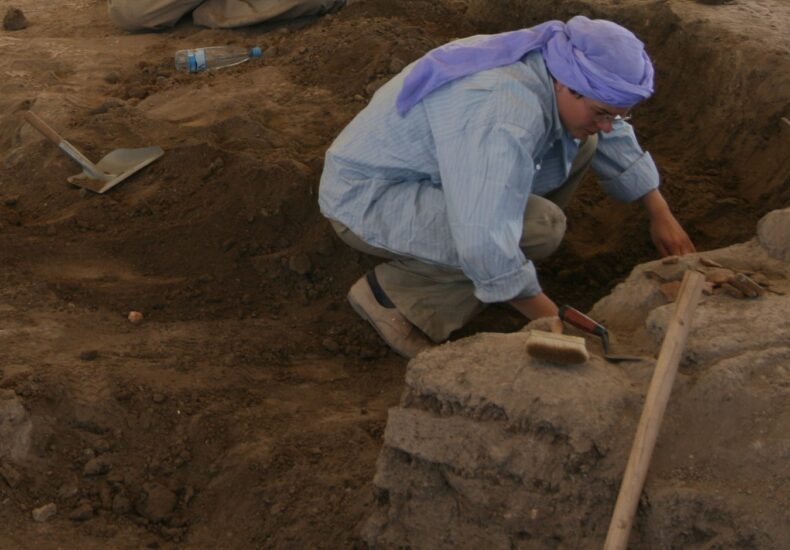
Around 9,000 Years Ago: What Role Did Women Play in Çatalhöyük Society? New Discoveries Reveal Insights
Located in central Anatolia, the ancient settlement of Çatalhöyük continues to provide valuable insights into early human civilization. Recent interdisciplinary research has revealed that women held a significant role in shaping social structures nearly 9 millennia ago. An international team of scientists from Turkey, Denmark, Sweden, and the US examined the genetic makeup of 131
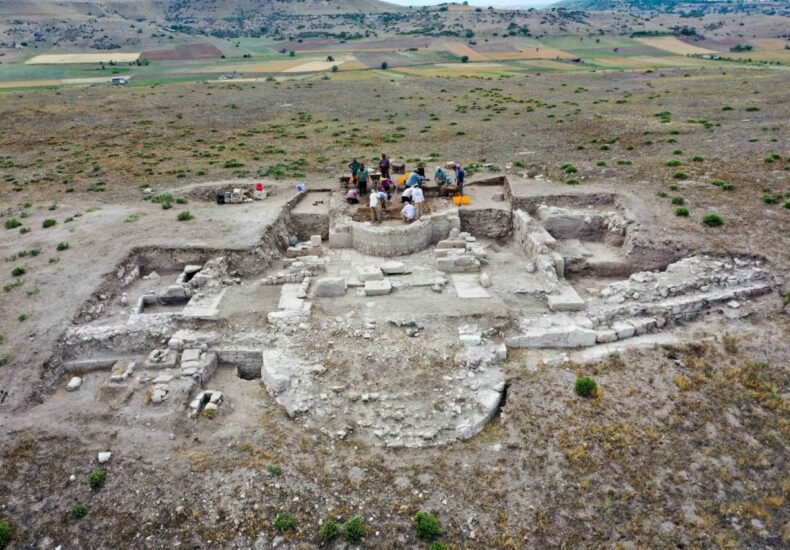
Excavations Start in the Ancient City of Lystra, Mentioned in the Bible
Archaeological excavations have resumed in 2025 at the ancient city of Lystra, located in Konya’s Meram district — a site of great historical and religious significance, particularly within Christian tradition. Known as one of the rare cities mentioned in the Bible, Lystra is attracting growing international interest. Nestled between the Botsa and Hatunsaray regions of
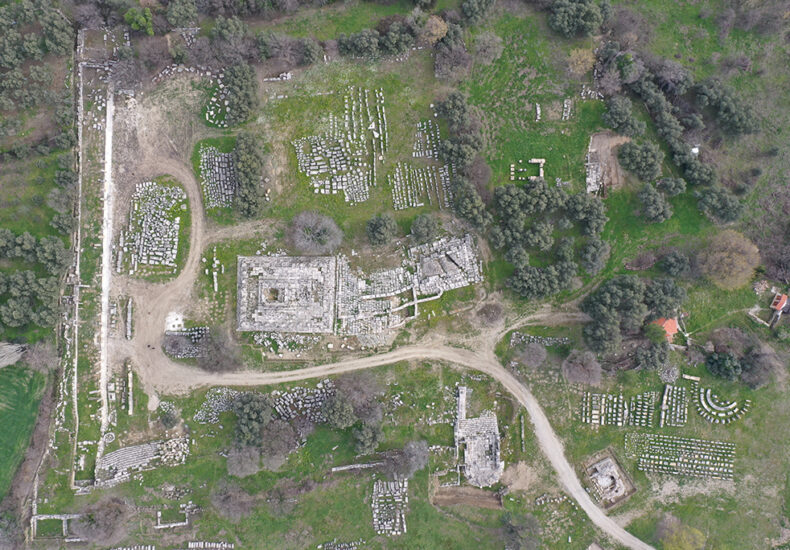
Unveiling the Mysteries of the Hekate Temple: A Glimpse into Lagina’s Ancient Sacred Site
Situated near the town of Yatağan in Muğla Province, southwestern Türkiye, the Lagina Sanctuary of Hekate is one of the most significant ancient religious centers dedicated to Hekate, the goddess of magic, crossroads, and the underworld. At its core stands the remarkable Hekate Temple, a masterpiece of Hellenistic architecture and symbolic storytelling that sheds light
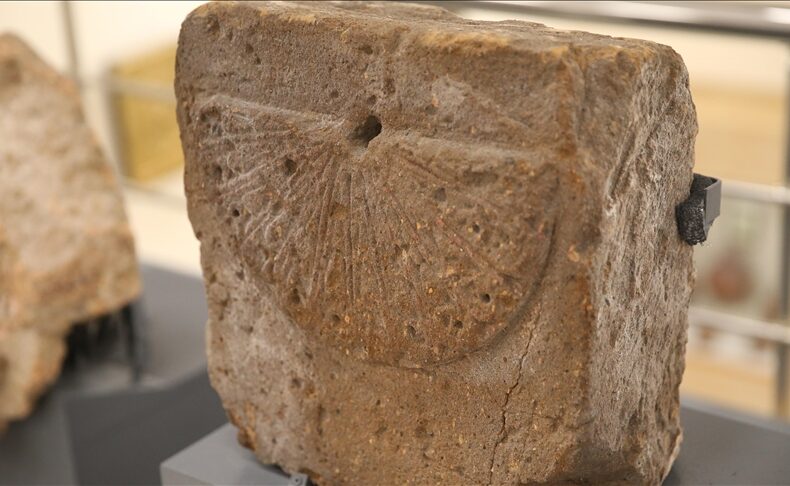
1,000-Year-Old Sundial Found in Ani Ancient City Goes on Public Display in Türkiye
A remarkable 1,000-year-old sundial, recently unearthed in the ancient city of Ani—located near Türkiye’s eastern border with Armenia—has been unveiled to the public for the first time. This rare medieval timekeeping instrument was discovered during archaeological excavations at a historic bath complex within the site and is now being exhibited at the Kars Museum. Ani,
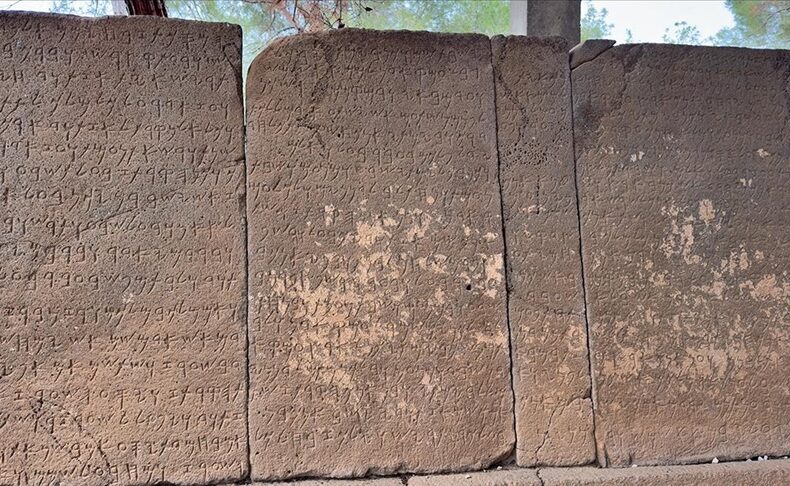
The Karatepe Inscriptions in the UNESCO Memory of the World Register May Help Decipher Ancient Civilizations
The Karatepe Inscriptions, located in the Kadirli district of Osmaniye, Türkiye, and listed in the UNESCO Memory of the World Register, continue to shed light on ancient civilizations through ongoing archaeological research. Associate Professor Dr. Faris Demir of Osmaniye Korkut Ata University emphasizes the global importance of these bilingual inscriptions. Found in the open-air museum
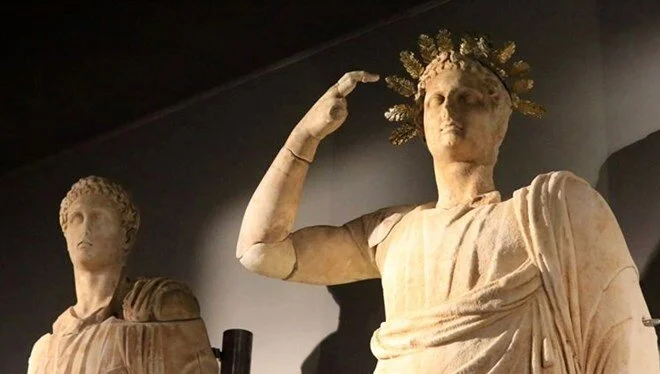
Manisa Museum Reopens After 25 Years: A Journey Through 12,000 Years of History
Located in the heart of western Türkiye, the Manisa Museum has reopened its doors to visitors after a 25-year closure. Now housed in a new, modern facility in the Yunusemre district, the museum offers a comprehensive view of Anatolia’s cultural and historical richness — spanning from the Paleolithic Age to the Ottoman Empire. A New

In Memory of Dr. Sachihiro Omura: A Life Devoted to Anatolia
Dr. Sachihiro Omura, a renowned Japanese archaeologist and one of the key figures in fostering academic and cultural ties between Japan and Türkiye, passed away in Kırşehir. With over five decades of dedication to Anatolian archaeology, Omura left behind an extraordinary legacy. A Scholar’s Journey from Japan to Türkiye Born in Japan in either 1948
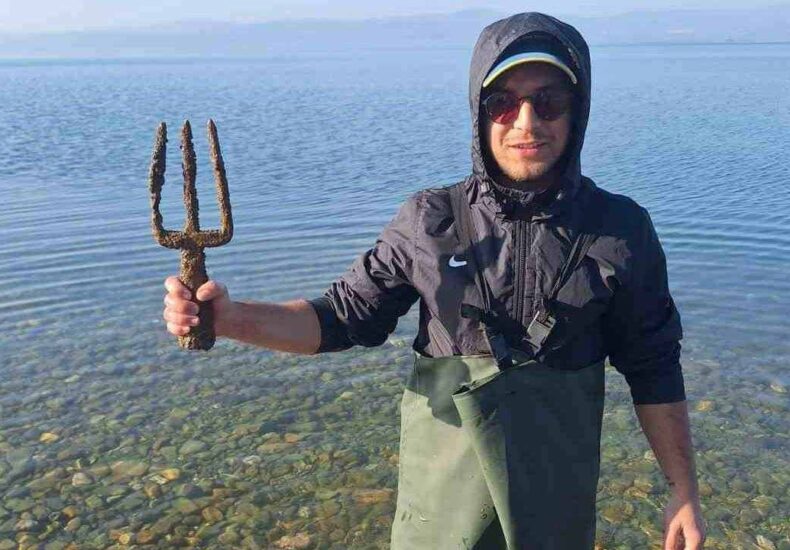
Spearhead Believed to Be Poseidon’s, Possibly Roman, Unearthed in Lake İznik
In the early hours of the morning, Osman Erim and his friends cast their nets into Lake İznik to catch silverside fish. While retrieving the nets, Erim noticed an unusual, metallic object entangled among the fish. Suspecting it might be of historical value, he contacted the local museum without hesitation. “While pulling up the nets,

77th Year Excavations Begin at Kültepe Kanesh-Karum Archaeological Site, Tracing 6,000 Years of History
The 77th year of excavations is commencing at the Kültepe Kanesh-Karum Archaeological Site, where archaeological findings and documents dating back 6,000 years are being unearthed, known as “the place where Anatolian history began.” Excavation Head Prof. Dr. Fikri Kulakoğlu stated, “We are also trying to shed light on the period approximately 4,500 years ago. Before
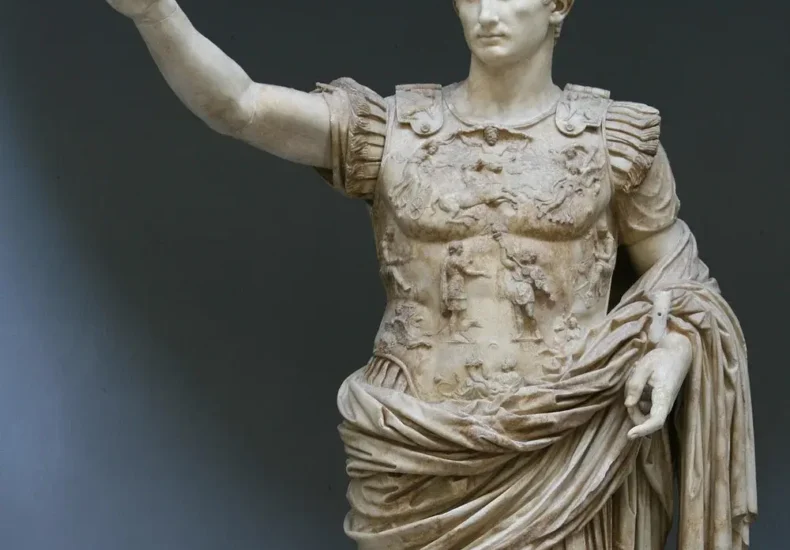
A Pledge of Loyalty in the East of Rome: The Augustus Oath of Anatolia
April 16, 1900… Belgian historian Bishop Franz Cumont of Amasya encountered a stone, a silent witness to history, in the courtyard of an Orthodox Church in Vezirköprü. Cumont’s simple note, “Monday, April 16: Copied an inscription in a Greek Church,” was actually the discovery of a treasure that would illuminate the history of the Roman
